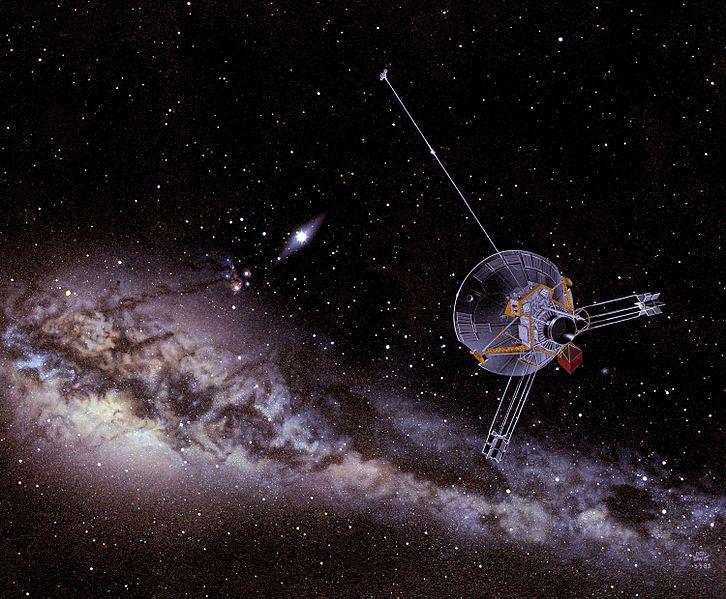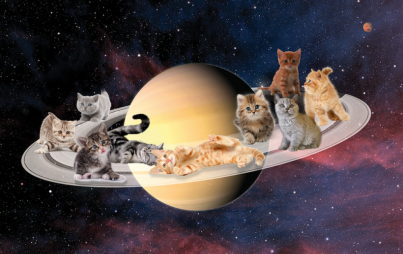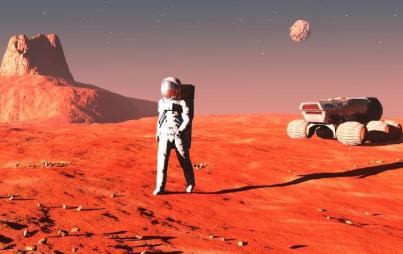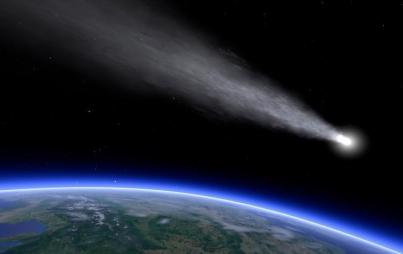
When NASA isn’t busy tracking massive space objects in order to save all of humanity, they are looking for life in the universe. Analysis of data from the space observatory craft Kepler has revealed multiple-planet systems similar to ours, including 715 new planets—the vast majority of which are relatively small. Small is good, because gravity and other force ratios determine the likelihood of earth-like environments. (Or bad, if any potential life we find is hostile.)
Some perspective: in 1990, we weren't aware of any planets orbiting stars outside our solar system. A few years later the first one was discovered, and results trickled in from there. But based on only the first two years of Kepler data, we (you know, the royal "we") have confirmed more than 1,700! There’s two more years of data to comb through. At this rate we’ll be up to our eyeballs in planets.
A crucial part of the equation: a new statistical technique—“verification by multiplicity”—that can be applied to numerous planets at once, rather than having to zero in on planets one by one. This is literally the analogy NASA uses: lions, male and female. In our intergalactic savannah, lions = stars, and lionesses = planet-candidates orbiting the stars. Whereas lions/stars roam on their own, lionesses/planets sometimes group together—cuing scientists into good areas to investigate.
Pub trivia night, here you come.
(Image: commons.wikimedia.org)






